Tyler Winkler
Graduate Student Spotlight
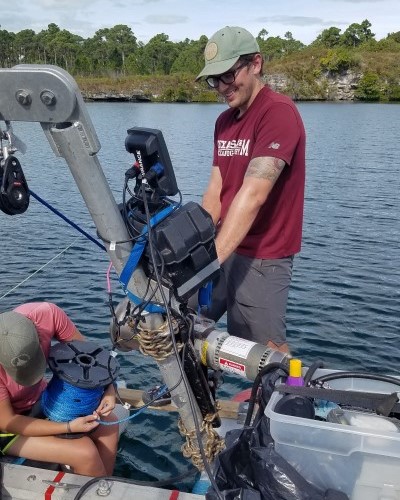
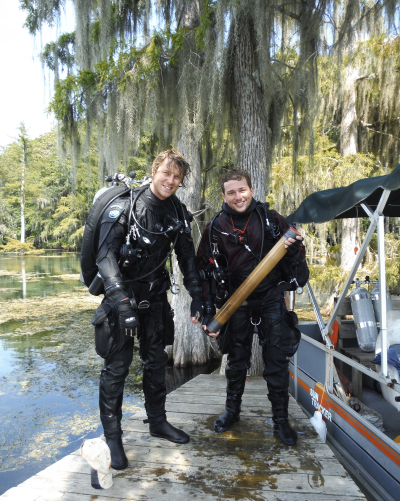
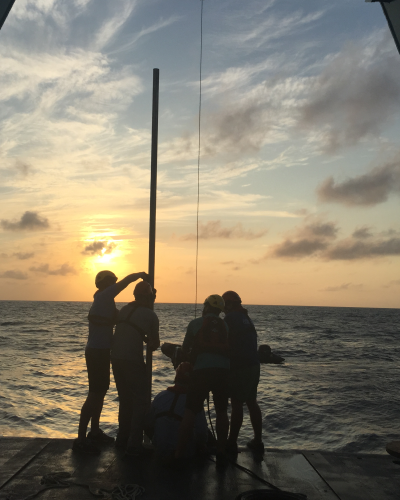
Name: Tyler Winkler
Current degree program: Ph.D.
Advisor: Dr. Pete van Hengstum
Research fields: Paleoceanography and Paleoclimatology, Sedimentology, Coastal Geoscience
Briefly introduce yourself.
I was born in Temple, Texas, but have lived in Galveston for the last eight years. I started SCUBA diving while in high school, rising to the rank of Divemaster. This hobby sparked a passion for ocean science that has led me to where I am today.
Outside of my academic pursuits, I enjoy backpacking, SCUBA diving in flooded caves, watching hockey, sitting down to enjoy a dram of scotch, and spending time with my wife and our cats.
What degree(s) do you currently hold?
I graduated with a B.S. degree in Marine Biology from Texas A&M University at Galveston in May 2015. During my final year of undergraduate studies, I completed a research thesis titled “Late Quaternary sedimentation in two phreatic caves in northwestern Florida, USA: The influence of climate variability and cave geometry” where I used sediment cores I collected from flooded caves in Florida to study the influence of sea-level variability on inland aquifer dynamics over the last 20,000 years.
What drew you to Texas A&M Oceanography?
I decided to pursue my Ph.D. in the Department of Oceanography at Texas A&M University because of the long history of being at the forefront of cutting-edge oceanographic research as well as the highly skilled faculty members who could help steer my academic journey. I was fortunate to be offered significant financial support from the department to get me started on my research, which affirmed that Texas A&M University was supportive of my goals to complete high quality and innovative research.
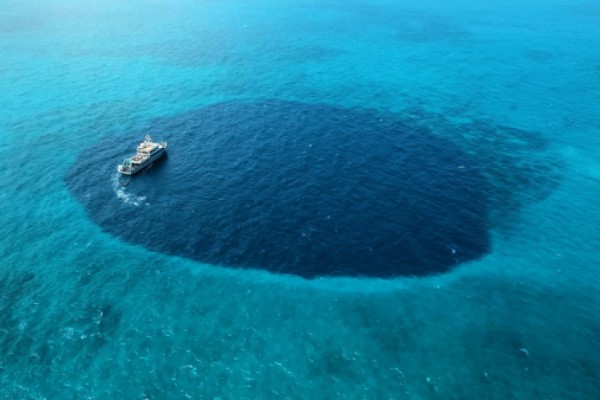
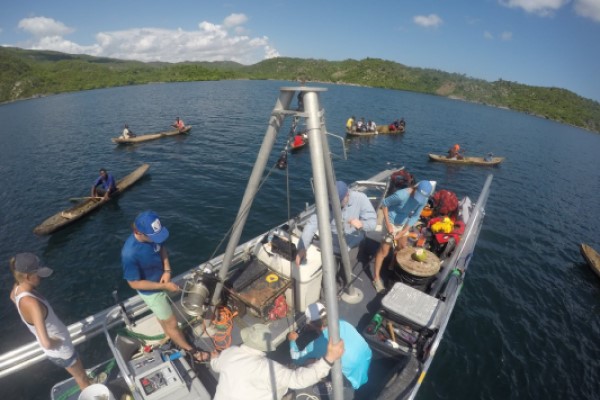
Briefly tell us about your current research.
Long-term climate relationships between climate variability and hurricane activity are poorly understood due to the relatively short (160 year) instrumental hurricane record. To extend this record, my Ph.D. research focuses on using sediment cores from blue holes (flooded sinkholes) in the northern Caribbean to reconstruct the frequency of pre-historic hurricane strikes throughout the last 2000 years. So far, we have learned that The Bahamas has at times experienced over twice as many intense hurricanes strikes per century than it has in the last 100 years.
Examining these reconstructions along with other similar studies makes it possible to identify regional patterns in the onset/offset of periods of more frequent hurricane strikes. By understanding when and where hurricanes strikes were more frequent in the northern Atlantic, we hope to better understand how past climate conditions may have been responsible for driving these changes. This research could improve hurricane forecasting in response to modern climate change by helping identify the climatic factors important in driving hurricane variability on longer timescales.
What are your skills or analytical procedures related to your research or experiment?
I have extensive experience in field research operations including sediment coring, hydrographic instrumentation (CTDs, flow meters, etc.), single-beam bathymetric profiling, and scientific diving. In the laboratory, I utilize methods like laser-particle size analysis and sieving to characterize downcore sediment textural variability in order to identify specific sediment units that were deposited by intense hurricane waves. I use radiometric dating (particularly radiocarbon) coupled with Bayesian statistical analysis to determine the age of hurricane events in my record as well as the rate of sediment deposition. I also use ArcGIS and Python to perform various geospatial and statistical analytical techniques.
Tell us about any awesome fieldwork or research-related stories during your graduate degree.
I have been fortunate to spend over two months at sea over the course of three research cruises during my Ph.D., as well as an additional 140 days conducting inland coring operations at terrestrial site in The Bahamas and Mexico. The most rewarding trip by far was my month-long cruise onboard the M/V Alucia where we collected cores and geophysical data from blue holes in Grand Bahama, Cay Sal Bank, Long Island, Turks and Caicos, and Haiti. The data and cores collected on this trip became the basis of my Ph.D. research, and my skills as a researcher grew exponentially on this trip. This cruise was the basis for an episode of the National Geographic docuseries “Years of Living Dangerously”, in which each episode focuses on one aspect of climate change research. This cruise was a once in a lifetime experience that I am so thankful to have been a part of.

